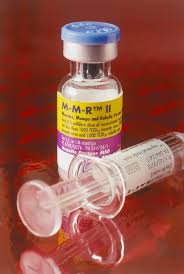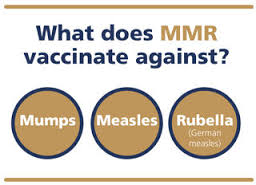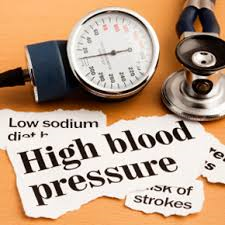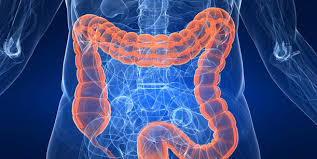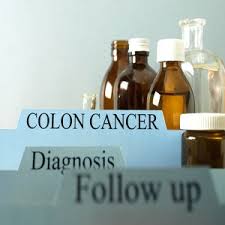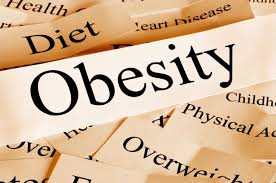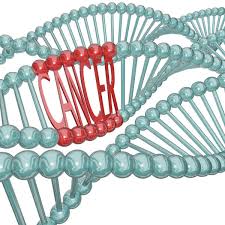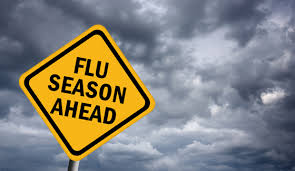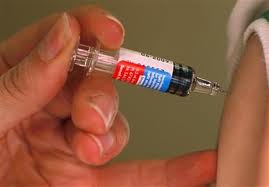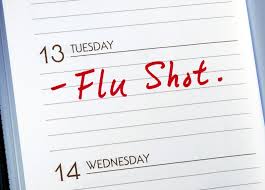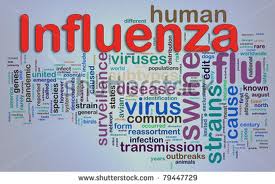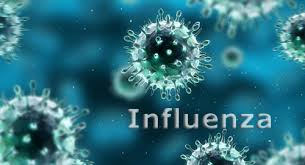 Mortality among current smokers is 2 to 3 times as high as that among persons who never smoked. Most of this excess mortality is believed to be explained by 21 common diseases that have been formally established as caused by cigarette smoking and are included in official estimates of smoking-attributable mortality in the United States. However, if smoking causes additional diseases, these official estimates may significantly underestimate the number of deaths attributable to smoking.
Mortality among current smokers is 2 to 3 times as high as that among persons who never smoked. Most of this excess mortality is believed to be explained by 21 common diseases that have been formally established as caused by cigarette smoking and are included in official estimates of smoking-attributable mortality in the United States. However, if smoking causes additional diseases, these official estimates may significantly underestimate the number of deaths attributable to smoking.
We pooled data from five contemporary U.S. cohort studies including 421,378 men and 532,651 women 55 years of age or older. Participants were followed from 2000 through 2011, and relative risks and 95% confidence intervals were estimated with the use of Cox proportional-hazards models adjusted for age, race, educational level, daily alcohol consumption, and cohort.
During the follow-up period, there were 181,377 deaths, including 16,475 among current smokers. Overall, approximately 17% of the excess mortality among current smokers was due to associations with causes that are not currently established as attributable to smoking. These included associations between current smoking and deaths from renal failure, intestinal ischemia, hypertensive heart disease, infections, various respiratory  diseases, breast cancer, and prostate cancer. Among former smokers, the relative risk for each of these outcomes declined as the number of years since quitting increased.
diseases, breast cancer, and prostate cancer. Among former smokers, the relative risk for each of these outcomes declined as the number of years since quitting increased.
A substantial portion of the excess mortality among current smokers between 2000 and 2011 was due to associations with diseases that have not been formally established as caused by smoking. These associations should be investigated further and, when appropriate, taken into account when the mortality burden of smoking is investigated.

